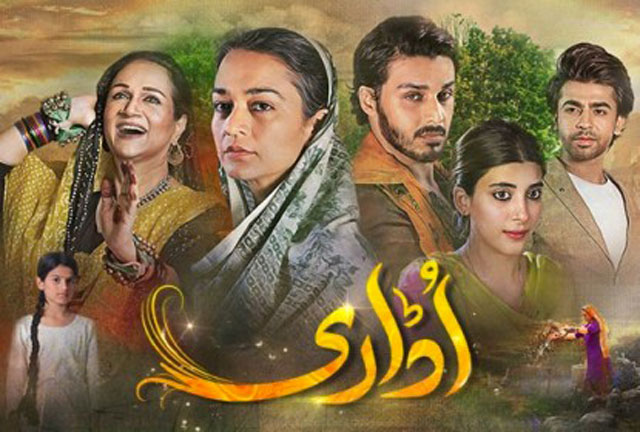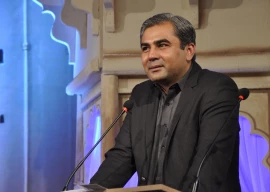
Brushing issues under the carpet is what we do best. A study titled ‘The state of Pakistan’s children 2015’ by the Society for the Protection of the Rights of the Child (SPARC) states 10 cases of child sexual abuse took place every day in 2015, bringing the total to 3,768 cases last year. These are registered cases. Any educated and realistic guess will tell us that to get the real number it would have to be multiplied manifold. Of these, a lot of abuse cases are incestuous. Communal living may have many advantages as a support system but also exposes unassuming children, and even grown-ups, to the dangers of sexual abuse and rape.
Mann Mayal has ended and Twitter can't handle it
What Udaari has done is remarkable. It was not because Ahsan Khan played out a difficult character with unexpected brilliance, and that Samia Mumtaz played Sajju so convincingly that everyone who saw the drama wanted to bring her and Zebo home and protect them. It was a brilliant play, well scripted and directed, and technically could have been more nuanced and the characters more layered, but this is not a review of Udaari. This is a look in the mirror. And Udaari became that mirror.
As a journalist who has worked on gender rights and sexual and reproductive health issues, I have met victims of rape of all kinds, including victims of marital rape and sex workers who were raped. Rape is never a laughing matter. Whenever someone cracks a joke about rape, I think of the times when these jokes may not have bothered me because I had not met the butts of those jokes and heard their stories in person. I had not seen the scars, both physical and non-physical, that acts of cowardice and weakness such as domestic violence, sexual abuse and rape leave behind. Watching Udaari made me think of some unfortunate souls, victims and others survivors.
When those children in Kasur, who were sexually abused by the gang who made a living out of selling videos of the acts and blackmailed them, saw Udaari with their families, what must it be like for them? What was the reaction of viewers who saw Udaari in groups or in isolation in Pakistan’s many homes where traders of the flesh reside? The woman in Tharparkar who was gang-raped some two years ago, and got justice after I wrote her story that prompted a suo moto action by the chief justice – what was she thinking when she saw Udaari? The play hit home with the audiences. But it must have been an unforgettable watch for those who have directly or indirectly been exposed to such despicable acts.
Udaari cast shares final thoughts as fans await finale
In 1980 an Indian film, Insaf ka Tarazu, starring Zeenat Aman was initially met with negative responses for being too bold. Rape was something that was not meant to be depicted so openly. It opened certain shut doors. Udaari has managed a much bolder theme more than two decades later in Pakistan, deftly and without relying on the objectification of women as sex objects. It has succeeded in making sure that the take-home message remains that one who has been raped need not be a victim but also be a survivor, instead of the focus being on Zebo’s youth or beauty. This is no mean feat.
But perhaps the biggest contribution of any article, news clipping or talk show, or any drama like Udaari is daring to make taboo and hushed up topics like child sexual abuse open to discussion on a dinner table, at work place and on social media. Let us stop pretending that these evils don’t exist in our society, and that too closer to us than we think. Recognising an issue is the first step to solving it.



































COMMENTS
Comments are moderated and generally will be posted if they are on-topic and not abusive.
For more information, please see our Comments FAQ